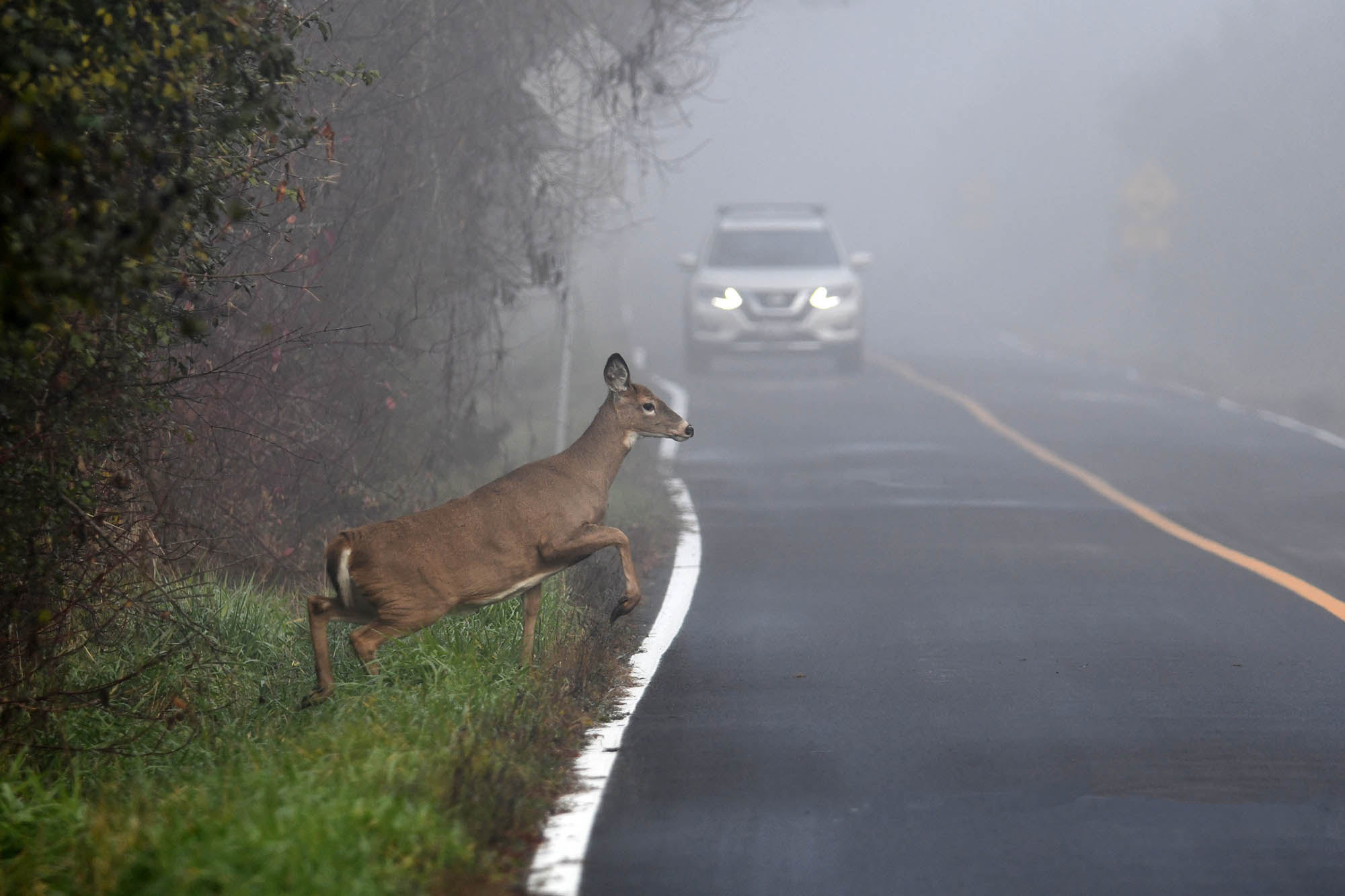How to Avoid Hitting a Deer With Your Car
Tips for dealing with the dangers of driving during deer-mating season.
 Getty Images
Getty Images
Deer-mating season lands in the fall and early winter — a time when deer populations are most active. According to insurer Progressive, mating season is generally from October to January, while November is usually the month with the highest number of claims made for accidents involving an animal hit. Even outside this time of year, though, you might want to be prepared for a deer encounter. There are a few ways to help decrease your chances of hitting deer with your car.
Keep a Lookout for Deer-Related Road Signs
Keep an eye out for deer-crossing signs. State departments of transportation post yellow diamond-shaped signs where deer traffic is the most prevalent, often on two-lane highways near wooded areas. If you're in such an area, it's wise to slow down and keep an eye on the side of the road for deer.
Consider using your high-beams for extra visibility when there is no oncoming traffic.
Slow Down During Peak Activity Hours
Deer tend to sleep during the day and are most active in the twilight hours of dawn and dusk. This timing means they are most active during commuting hours. Be extra alert on stretches of road where you have seen deer and slow down in those places on your way to and from work. Bucks especially are less cautious when crossing roads during mating season, according to the Indiana Department of Natural Resources.
Brake, Don't Swerve
Swerving at the sight of a deer can cause you to lose control of your vehicle and hit another car, a tree, or roadway signage. If a deer is in your path, continue in a straight line and hit the brakes as smoothly as possible. Generally speaking, it's safer to hit the animal while in control of your car rather than colliding with another vehicle.
Remember That There Could Be More Than One Deer
Often when there's one deer, there could be another. If you notice a solo animal, slow down and be alert for others.
Finally, always ensure you and your passengers keep your seat belts fastened. According to the National Highway Traffic Safety Administration, seat belts saved around 15,000 lives in 2017.
Written by humans.
Edited by humans.
 Connor Hoffman
Connor HoffmanConnor Hoffman is a writer and editor based in Kansas City. Prior to becoming a freelance writer, he was an editor at a national car magazine and worked in communications at a major automaker. He loves off-roading and camping in his 4Runner, golfing (poorly), and shredding on his mountain bike.
Related articles
View more related articles